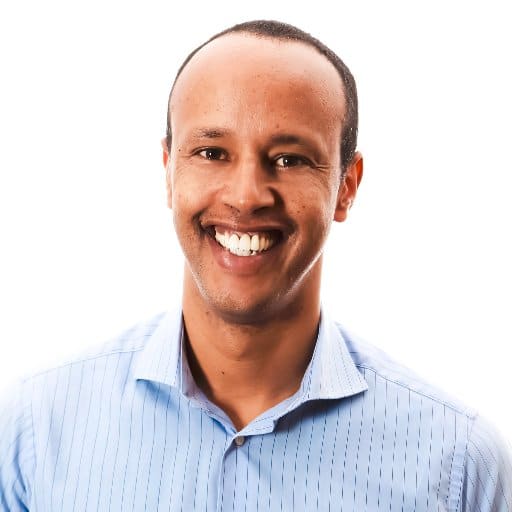advertisement
Combining the right tools and teaching expertise to transform education
Clive Gibson is making it his business to incorporate technology into his teaching, and reaping the rewards. Gibson teaches physics…

Clive Gibson is making it his business to incorporate technology into his teaching, and reaping the rewards. Gibson teaches physics to 11 to 18 year olds in Dubai, and builds his lessons in OneNote because he finds this promotes independent learning and allows all students to become more proficient in his subject.
Digital transformation in schools begins with the way students learn. Technology impacts everything in classrooms from the way we collaborate, share ideas and connect with each other, to how we leverage content generated daily by students and teachers. This new way of collaborating has created a new learning context and paradigm for schools, students and teachers. The impact is far-reaching; as it teaches students imperative skills needed to master the changing dynamics of the modern and digitally transforming workplace.
It was with this in mind that Microsoft recently announced a new set of educational products and services, inspired by teachers and students. These include Windows 10 S, new experiences in Microsoft Teams, new features in Minecraft and mixed reality, as well as a range of devices suited specifically to education.
advertisement
As devices and technology become more accessible, and the capabilities grow, we can unlock the potential for all students to learn, closing the skills gap and empowering the 1.4 billion students in the world to achieve more.
Actively using technology to enhance the classroom
Shifting focus to the Middle East and Africa, where 60 percent of the population is under 25 and youth is the fastest growing segment, it has never been more important to ensure that technology benefits the youth to become tomorrow’s leaders. And teachers across the region agree. A new education survey of nearly 650 teachers in the Middle East and Africa, shared at the annual BETT Middle East 2017 event, found that these teachers believe school leaders should lead the transformation in education.
advertisement
Additionally, 50 percent reported that technology is used in their institutions. The majority said virtual collaboration is a key skill required by students, and 39 percent believe students who lack digital literacy skills will be limited in terms of career options.
That’s why teachers like Gibson are finding innovative ways to incorporate technology into their classrooms and lesson plans.
“With this approach, I have seen every student improve their grades. The ‘lower ability’ and ‘disaffected’ students also improve immensely,” says Gibson. “My vision is to have all students working at their own rate, some students need more time with new concepts and others will be able to move onto extension material. [In this way] students are taking control of their own learning and developing their research and critical thinking skills.”
advertisement
New classroom experiences in Microsoft Teams build on this idea of collaboration and personalised learning. It becomes a digital hub for the classroom, where teachers and students come to collaborate and learn. With tools like OneNote Class Notebooks and new assignment and quiz experiences, teachers can easily distribute content, grade work, personalise learning, and communicate with students, parents and staff.
Adopting the right tools for the most effective learning
This is all part of the ultimate goal to empower teachers and students to teach and learn through doing and exploring. While great technology can never replace great teaching, it’s essential that schools have access to the right tools that will help drive the most effective learning.
Minecraft is a tool that has the power to transform learning on a global scale. By creating a virtual world and then exploring it, students can simulate the real world. Teachers in more than 100 countries around the world are using Minecraft: Education Edition to teach digital citizenship, inspire creative problem-solving and enable student-centred explorations across the curriculum.
As digital becomes further entrenched in our personal and working lives, it’s imperative for young people to have access to a computer science and coding education. This way they are able to not only learn foundational subject matter, but also develop critical computational-thinking and employability skills. That’s why the new Code Builder for Minecraft: Education Edition is such a game changer. It’s designed to inspire students to learn the basics and power of coding by combining the open worlds of Minecraft with popular learn-to-code platforms.
A more immersive learning experience for future success
It’s critical that we look at creating immersive and inclusive learning experiences that inspire lifelong learning. Creating a strong foundation and a lasting vision for how a school can truly improve its students’ learning outcomes and future success, is the most successful starting point. Technology naturally becomes a service to bring the vision to fruition.
Better education, combined with early access to the tools used in the modern workplace, could transform the Middle East and Africa’s young developing economies into the leading source of new workers in the global market.
(The author is the Microsoft Country Manager for East Africa)